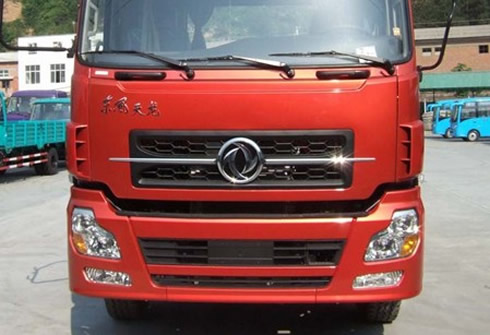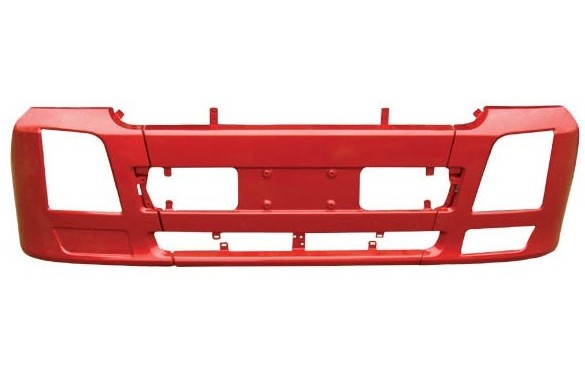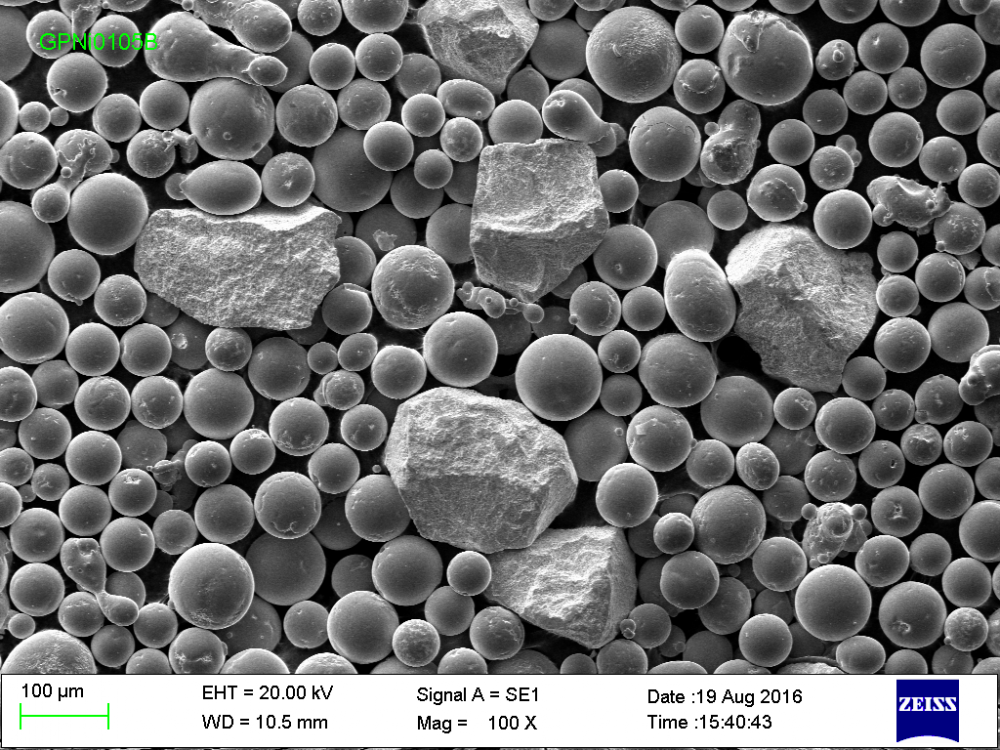After years of development, the structure of the automobile bumper has undergone great changes compared with the structure of the previous automobile bumper. Twenty years ago, the front and rear bumpers of the vehicle were mainly made of metal materials and used a thickness of 3 mm or more. The steel plate is stamped into U-shaped channel steel, the surface is chrome plated, riveted or welded together with the frame rails, and there is a large gap with the car body, which seems to be an additional component.

With the development of the automobile industry, car bumpers have become an important safety device and have also been on the road to innovation. Today's front and rear bumpers of vehicles not only maintain the original protection function, but also seek harmony and unity with the body shape, and pursue their own weight. In order to achieve this goal, the front and rear bumpers are currently used plastic, people call plastic bumpers.
The bumper is divided into a front bumper and a rear bumper . The function of the bumper is to ease the impact, absorb the energy of the collision, reduce the damage of the car, and ensure the safety of the occupants when the car is subjected to accidental mild low-speed collision in the front and rear direction. For a complete body structure, it consists of two crash zones in the engine compartment and baggage compartment, and a high-strength crew compartment in the middle of the car body. Take the front structure of the vehicle body as an example. In general, the engine room is divided into three deformation zones as a crumple zone. The first stage deformation zone is located at the front of the engine compartment to protect pedestrians and reduce the impact of vehicles at low speed. Destruction of the vehicle. The second deformation zone is located in the middle of the engine compartment, the compatible zone. When two cars collide, the crumple in this part of the deformation zone maximizes the absorption and dispersion of energy. The third level deformation zone is located near the back of the engine compartment, in front of the passenger compartment, to maximize the integrity of the crew compartment, also known as its own protection zone. "Obviously, the location of the front bumper is in the first deformation zone, and the protection of pedestrians and the reduction of low-velocity collisions is the main role of the vehicle.

When the vehicle collides, the front bumper anti-collision beam can distribute the energy generated by any type of offset and frontal collision as evenly as possible to the two energy-absorbing brackets, so that the energy is absorbed by the energy-absorbing bracket at maximum and evenness. And evenly transfer the collision force to other energy absorption sites. When a car collides with a low-speed rear-end collision in an urban road, the front bumper anti-collision beam plays a role in protecting the fender, radiator, hood, and lamps. Rear bumper crash beam can reduce the damage of luggage compartment, tailgate, rear lamp group and other parts.
Today, lightweighting of automobiles is the trend of the future, and bumpers are no exception. Song Gang continued: “At present, some international automobile brands have begun to use aluminum alloy materials to manufacture anti-collision beams. The density of aluminum alloy is one third of that of steel, and the same volume of aluminum alloy has only three points of weight. One of the steel bumpers crash beam is used to increase the tensile strength of the steel plate, thereby reducing the thickness and improving the energy absorption properties of the material, while the aluminum alloy bumper crash beam is the opposite of it, through the optimization of structural design settings. With different thicknesses to improve energy absorption performance, the properly designed aluminum alloy bumper crash beam is not only lighter than the steel bumper crash beam but also absorbs more energy.
Industry sources believe that: "Although the aluminum alloy bumper crash beam is lighter and has a better effect, its manufacturing cost is higher than that of a steel bumper beam. Currently, it is limited to the use of high-end luxury cars, but as the vehicle is lightweight The design gradually developed, and the aluminum alloy bumper strengthened beam also began to appear on the general models.With the increase of oil prices and the gradual increase of national emission limits, the weight of the vehicle body will become the mainstream of future automobile design. With relatively uncomplicated components in the structure, aluminum alloy bumpers will most likely replace existing steel bumpers.
PTA Powder
Main application:Repair and strengthen workpiece surface, significantly
Welding method:PTA welding
Main equipment:PTA welding machine
Flame core temperature: about 10000℃
Technological characteristics:PTA has high temperature, concentrated energy, stable combustion, small heat affected zone, fast welding speed, high production efficiency, easy to obtain low dilution rate of surfacing layer, surfacing layer and workpiece matrix are metallurgical bonding,, bonding strength is high.

PTA welding technology is one of surface strengthening methods, which has high deposition rate, low dilution rate, and could be applied with many kinds of powder. The manufacturing craft of PTA powder is normally gas atomization, which reduces satellite of powder. We supply 4 main categories of PTA powder: Nickel-based alloy powder, Iron-based alloy powder, Cobalt-based alloy powder and Mixed Powder.
Nickel Based Alloy Powder possesses high temperature resistance and wear resistance, it is the most popular alloy powder applied by PTA welding both domestically and internationally. Coating hardness is within the range of HRC 30-60. It could be applied to various industries like agriculture, plastic, paper, marine and steel making where wear and corrosion protection needed. Some examples are plunger, moulds, pump leaf and screw.
Iron Based Alloy Powder is more widely used and a more economic choice. With high abrasive resistance, it is more commonly applied to mining tools, drilling tools and mixers of iron and steel making industry, coal industry, shaft, oil and energy industry.
Cobalt Based Alloy Powder is recommended for corrosion and oxidation resistance, with better hot hardness values than equivalent Nickel based alloy powder. It is widely applied to steel making industry, coal industry and mining industry.
Mixed powder mainly refers to NiCrBSi mixing with other hard-phase powder such as cast tungsten carbide and other cemented alloy powder, which allows the powder better hardness around HRC60 and excellent abrasion resistance.
Mixed powder is more often used for mining equipment for oil sands, lignite, oil drilling tools, excavator buckets, extrusion screws for plastic processing, grain and oil processing, etc.
PTA Powder,Iron Based Alloy Powder,Cobalt Based Alloy Powder,Nickel Based Alloy Powder
Luoyang Golden Egret Geotools Co., Ltd , https://www.xtchvaf.com